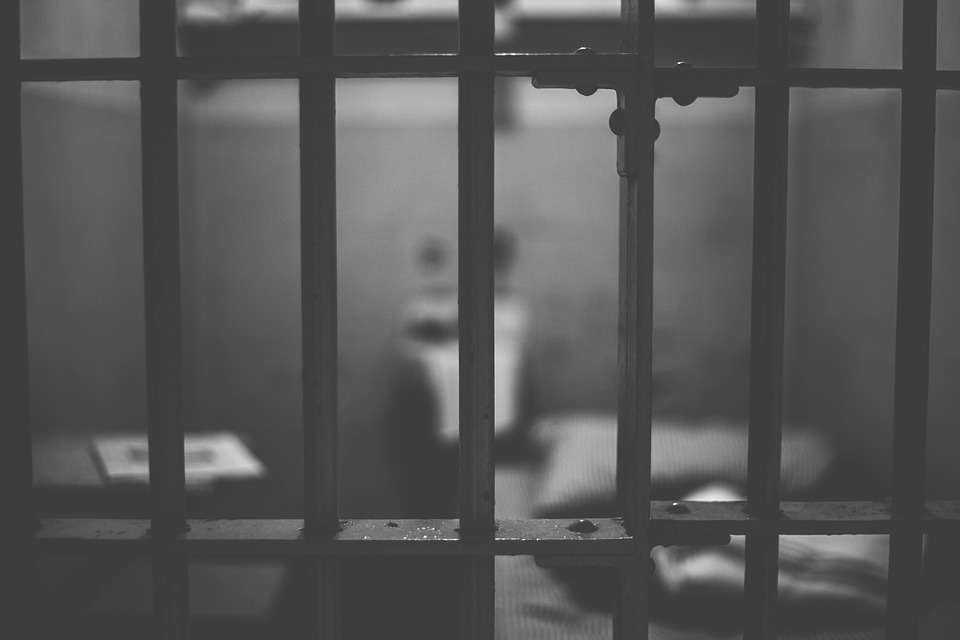
13 Apr Rethinking Pre-Trial Detention
If you were falsely charged with a crime, is there someone in your life who could drop everything and keep you within their sight or sound twenty-four hours a day seven days a week until your case resolves? Could they do it for 6 months to a year if charged with a misdemeanor? For 2 years or more for a major felony? If your answer is no, like many whose friends and family have jobs or live down south, then there is a strong chance you’ll spend that time in jail.
Years ago, in recognition of the fact that many Alaskans could not post cash bail, especially in regions lacking bail bondsman, the legislature provided a non-cash option for judges to consider when establishing conditions of bail and pretrial release: the “third party custodian.” Despite initially being designed as an alternative to cash bail in serious felony cases, over time the requirement began to be required not as an alternative, but in addition to cash bail. As time went on, the condition started making its way into lower and lower levels of felony cases and eventually, as is the practice today, the condition is often required in misdemeanor cases.
In 2004 the Alaska Judicial Council conducted a study examining the third-party requirement and determined that it was the single most important factor in determining how long a person spent in jail before their case was resolved – remember these are people presumed to be innocent sitting in jail.
Over a decade later, and many more studies down the road, we now know that the more time the accused sit in jail before their cases are resolved, the worse their outcomes are – both in life and in court. But it’s not just the accused who suffer, as the Alaska Judicial Council pointed out last year:
A key finding of this study (The Hidden Cost of Pretrial Detention) was that, generally, low risk defendants who are detained for more than 24 hours experience an increased likelihood of failure to appear and new criminal activity during the pretrial period (as compared to those released). In addition, the study demonstrated that being detained for the entirety of the pretrial period is associated with an increased likelihood of new criminal activity post-disposition across all risk categories.
So not only does being incarcerated pre-trial mean that the accused suffer, it means that ordinary Alaskans have to deal with more crime and higher criminal justice costs. This can only be described as a lose-lose situation.
This brings us to yesterday’s article in The Atlantic which leads with the potential REALLY negative outcomes associated with pre-trial detention; outcomes like being arrested for shoplifting or a traffic violation and then dying in jail. These are, deservingly, attention grabbing incidents – we have one or two here in Alaska each year. BUT, every single day in Alaska tens and hundreds of people are being held for low level victimless crimes despite studies that show holding them is bad for Alaska and bad for the accused.
No matter where you fall on the political or “tough on crime” spectrum, pre-trial release saves the state huge amounts of money, not only saving on incarceration and recidivism costs, but getting people back to work and keeping them off the rolls. And, if you care about this sort of thing, it also preserves and promotes our founders and our constitutions guarantees’ of due process, the burden of proof, and the presumption of innocence.





